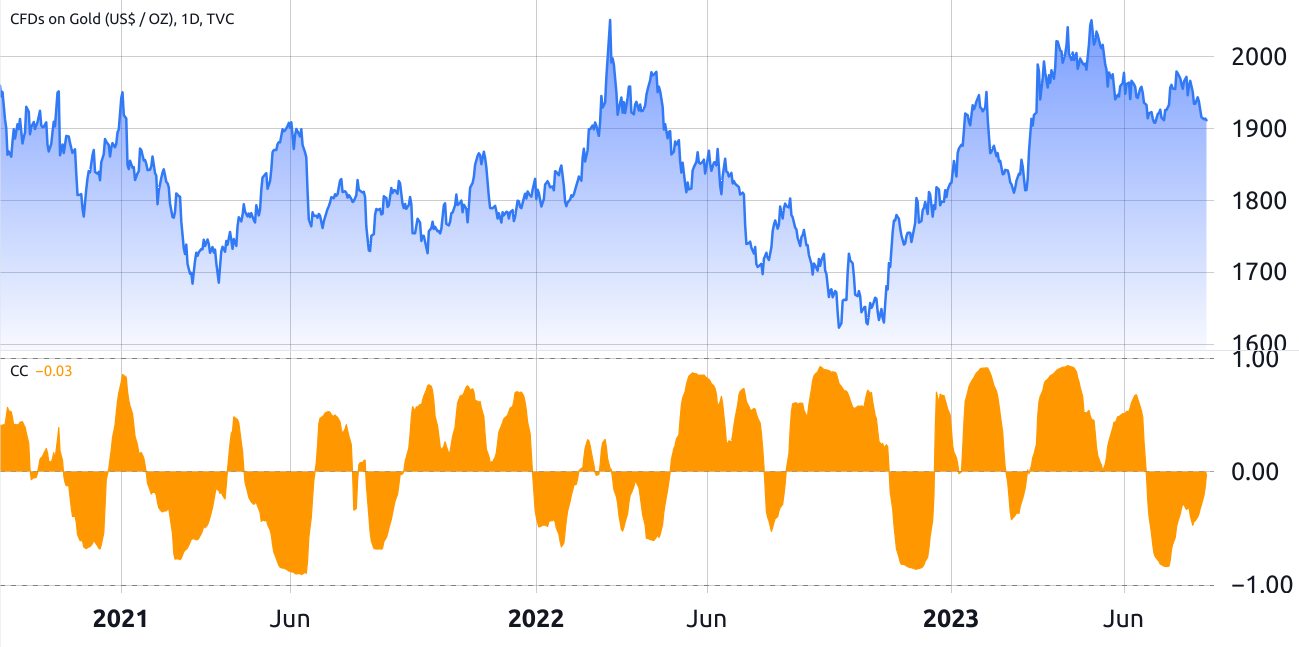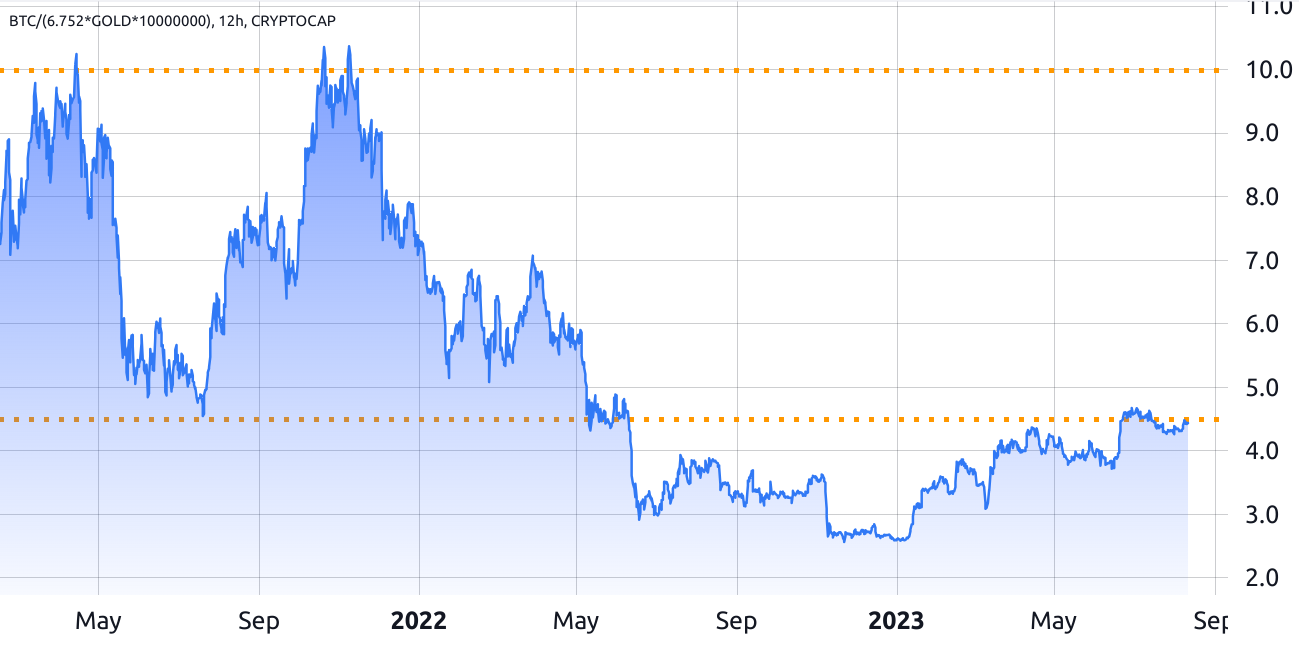The connection between Bitcoin and gold goes back to Bitcoin’s origin. While it is not mentioned in the Bitcoin white paper, Satoshi Nakamoto actually referred to gold’s rarity in a Bitcointalk forum post when introducing the first version of Bitcoin (BTC) in 2009. This was to emphasize the importance of a limited supply of 21 million coins.
Bitcoin’s market value is frequently matched up against gold, which boasts a total worth of $12.8 trillion, and many crypto pundits often point to the approval of a gold exchange-traded fund (ETF) in 2004 as the catalyst for the asset’s price appreciation.
Currently, Bitcoin encounters resistance at the $30,000 mark, and its inability to surpass this level could lie in how institutional investors perceive the comparison of BTC and gold as stores of value.
Bitcoin’s present market cap of $570 billion outshines traditional giants like Visa, Taiwan Semiconductor and JPMorgan Chase. However, it’s still 55% behind silver and significantly trails the world’s foremost tradable asset, gold.
This raises a crucial question: How closely are the prices of these two assets linked? In simpler terms, do their prices actually have a noticeable connection?

The explanation becomes clear when considering Bitcoin’s heightened volatility. For example, the 30-day correlation indicator can shift from positive to negative within a matter of weeks. This lack of consistent price connection can be attributed to Bitcoin’s relatively modest adoption and the uncertainty that investors still grapple with concerning its potential and practical applications.
Investors and analysts continue to debate whether Bitcoin’s decentralized nature and limited supply validate its role as a financial reserve, while others counter that its price instability hinders its viability as a medium of exchange. Nonetheless, there’s no barrier to evaluating Bitcoin’s market cap alongside major global stocks and other commodities.

Examining Bitcoin’s market cap in comparison to gold unveils an interesting trend, highlighting resistance levels at 10% and 4.5%, which could potentially explain the $30,000 resistance.
Bitcoin investment products vs. gold ETF
According to CryptoCompare, investment vehicles linked to Bitcoin amassed a total of $24 billion in July. This encompasses products like the Grayscale Bitcoin Trust and exchange-traded notes from various providers. This translates to about 4.2% of Bitcoin’s current market cap of $570 billion. Even considering the more generous estimate of 1.66 million BTC reportedly held by institutional investors, that’s still only 8.5% of the total market cap.
Comparatively, gold-backed ETF products were valued at $215 billion in June, a mere 1.7% of gold’s market cap. However, for a fair assessment against Bitcoin, it is worth considering physical gold holdings, which are favored by governments and banks. At the same time, regulations often push fund managers toward exchange-listed BTC products, causing this discrepancy.
For instance, central banks and the International Monetary Fund hold a hefty 46,603 tonnes of gold, equivalent to $2.84 trillion. Private investments in bars and coins add 45,000 tonnes, worth an extra $2.74 trillion. In total, investors hold $5.8 trillion in gold, accounting for 45.2% of its market cap.
This analysis implies Bitcoin’s adoption as a store of value among institutional investors is around 81% smaller than gold. This partly explains why Bitcoin’s market cap of $570 billion is a substantial 95.5% lower than that of gold, the dominant precious metal.
Related: PayPal to roll out Cryptocurrencies Hub for select users
Bitcoin could succeed regardless of its use as a store of value
Bitcoin’s market cap could potentially multiply fivefold, reaching $2.9 trillion, even without complete adoption as an institutional store of value. This surge might stem from the escalating demand for decentralized digital trading. With conventional financial systems encountering hurdles, Bitcoin’s role as a global, censorship-resistant transaction medium gains prominence.
Moreover, its increasing integration into e-commerce and online markets could amplify transaction volumes. As individuals seek alternatives to traditional payments, Bitcoin’s scarcity and utility might establish a self-reinforcing value cycle. This distinctive blend of factors implies that Bitcoin’s price surge may not exclusively hinge on institutional adoption as a store of value.
This article is for general information purposes and is not intended to be and should not be taken as legal or investment advice. The views, thoughts, and opinions expressed here are the author’s alone and do not necessarily reflect or represent the views and opinions of Cointelegraph.

